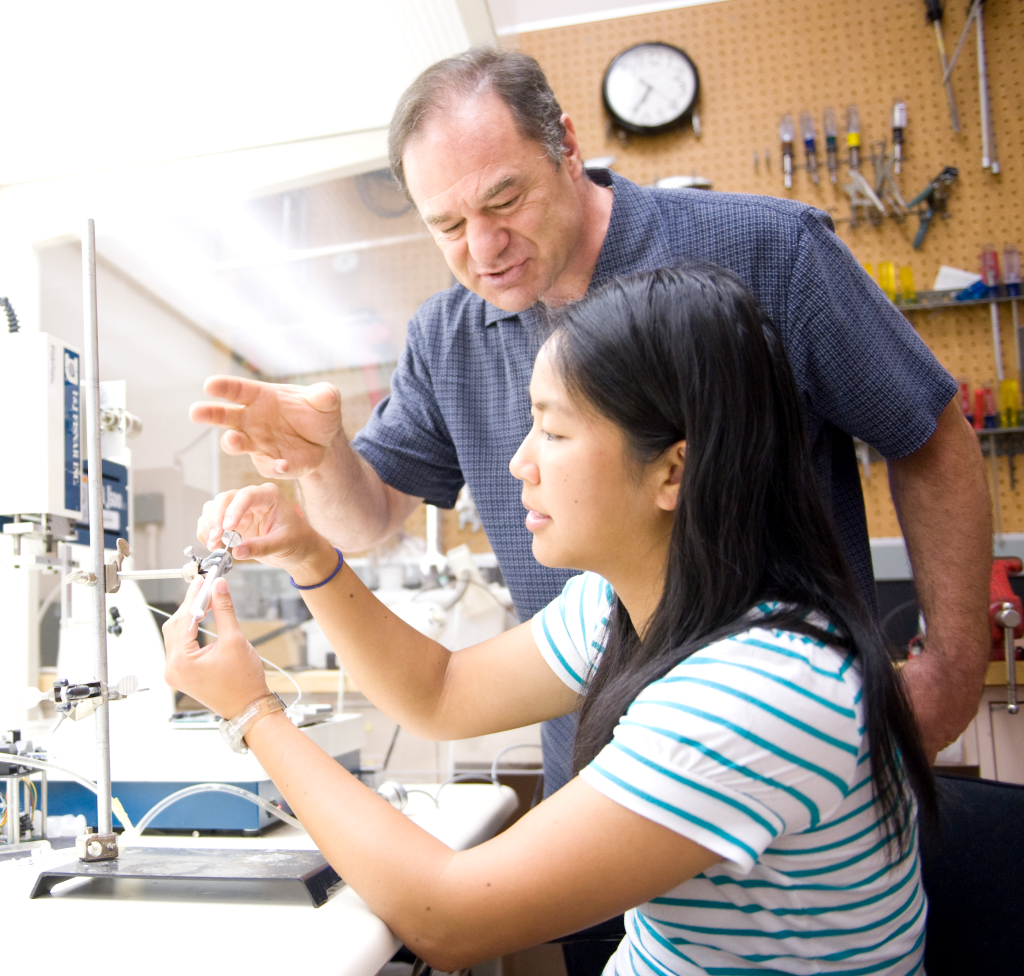Doctoral Candidate
Houston, Texas
Education B.S. Chemical Engineering, University of Texas at Austin, 2006
Research Focus
Our research is trying to develop a biocompatible substrate that can dictate cellular level control but also have similar mechanical properties of the natural tissues, such as tensile strength and flexibility. A scaffold or substrate that has the ability to encourage attachment and proliferation of cells is an important step for the progression of finding compatible tissue replacements and biomimetic materials.

The fibrils of collagen protein can be manipulated to align, presenting an oriented substrate that directionally guides the cell growth of human fibroblasts (fluorescently stained in this image).
The most prevalent protein found in the human body is collagen, which subsides mainly in connective tissues (tendons) and load bearing tissues such as bone and teeth. Because collagen has the unique ability to self-assemble into complex ordered structures, flow-processing techniques developed in this lab are able to produce oriented collagen matrices with highly regulated spatial control. The hydrodynamic forces induced by the flow techniques manipulate the collagen molecules into two or three-dimensional architectures with a general orientation parallel to the flow direction. It has been observed that cells will respond to the substrate’s ordered microstructure by polarizing themselves to align in the direction of flow deposition.
